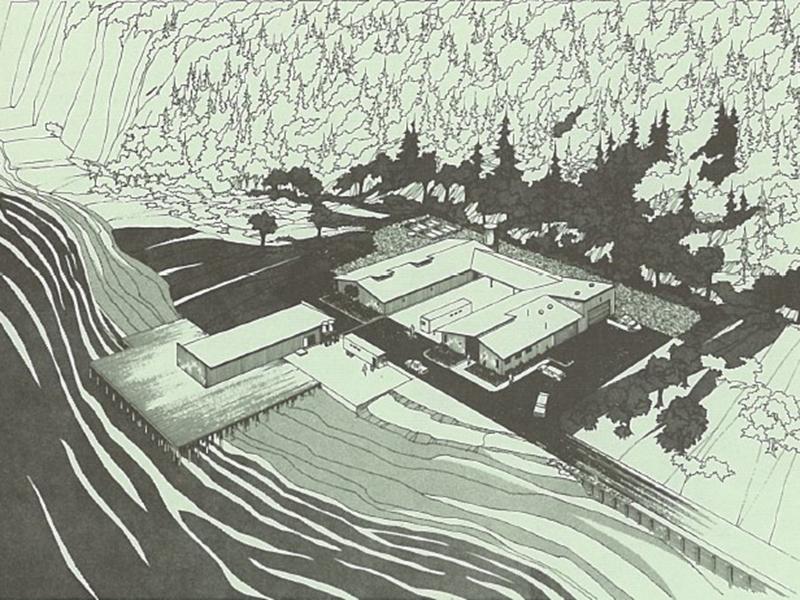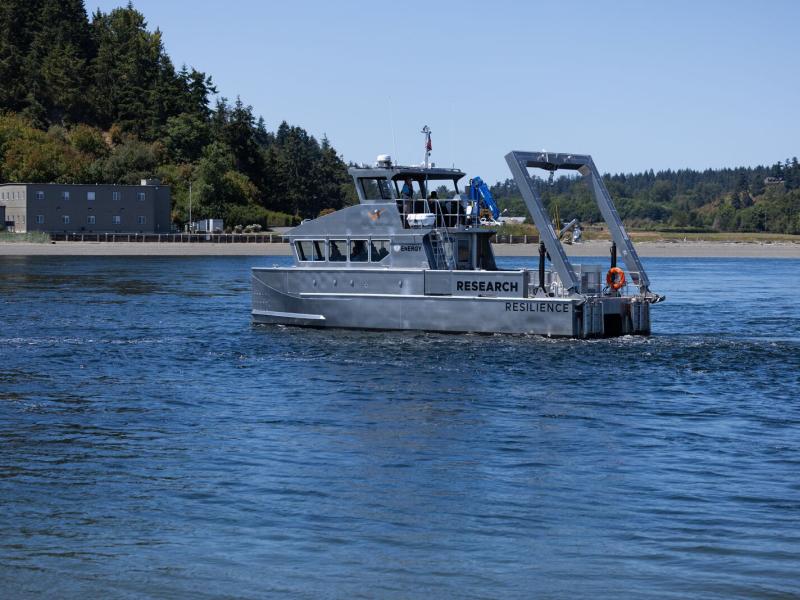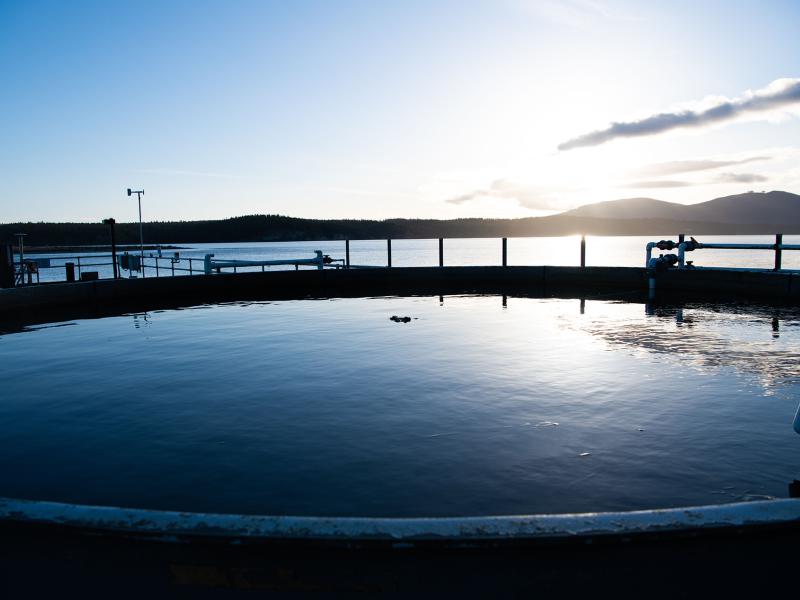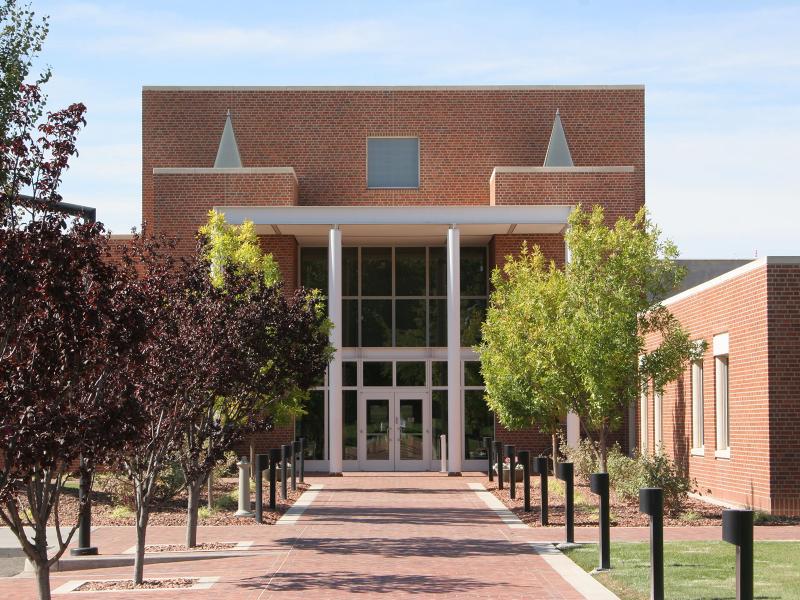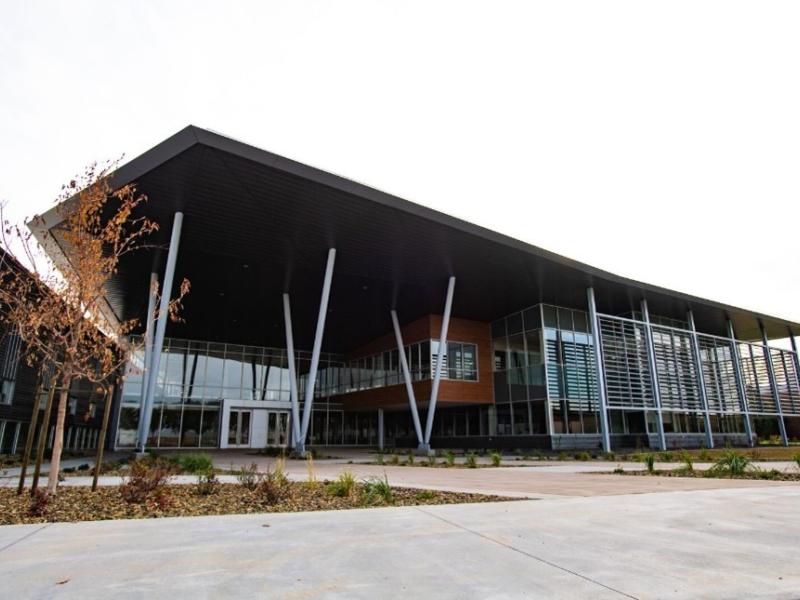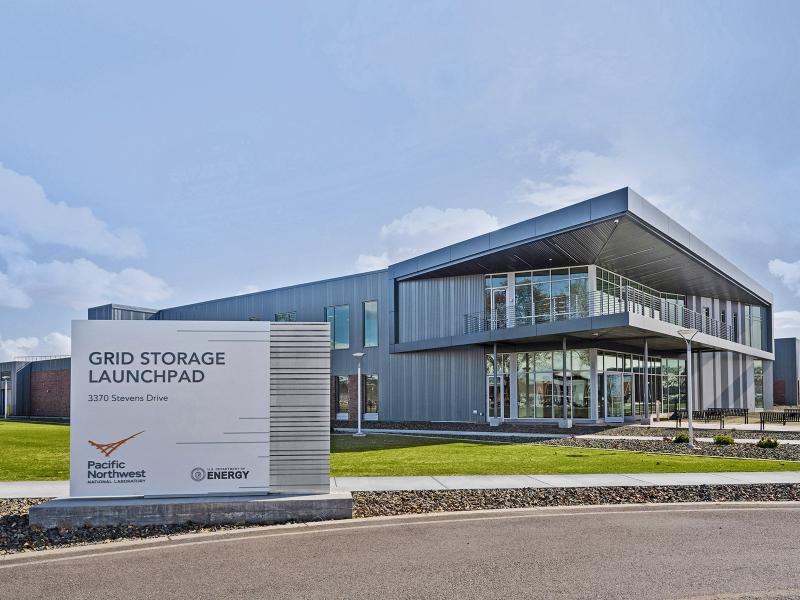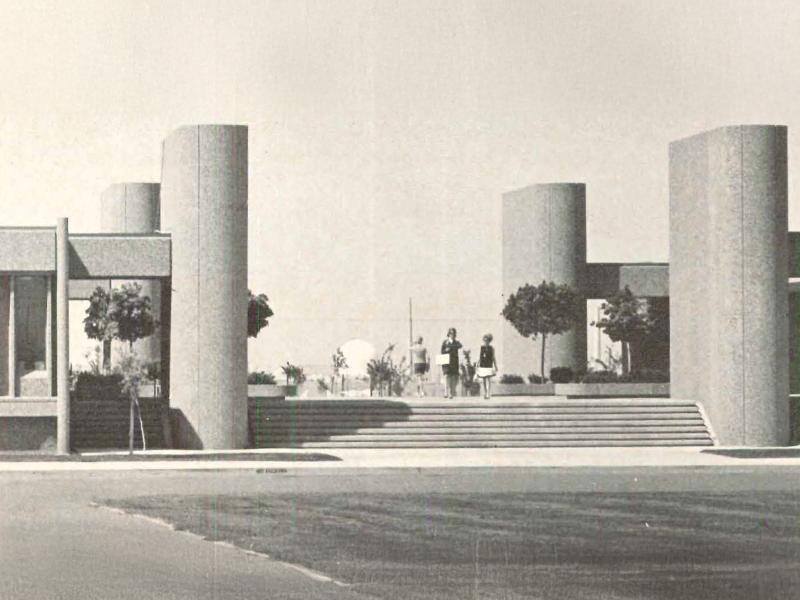
Historic Walking Tour
Historic Walking Tour
Explore notable locations on the
PNNL-Richland campus and beyond.
Explore notable locations on the
PNNL-Richland campus and beyond.
Take a stroll through history at Pacific Northwest National Laboratory (PNNL). This page is your guide through historic spaces that commemorate significant moments of scientific discovery, innovation, and development at PNNL spanning more than 60 years.
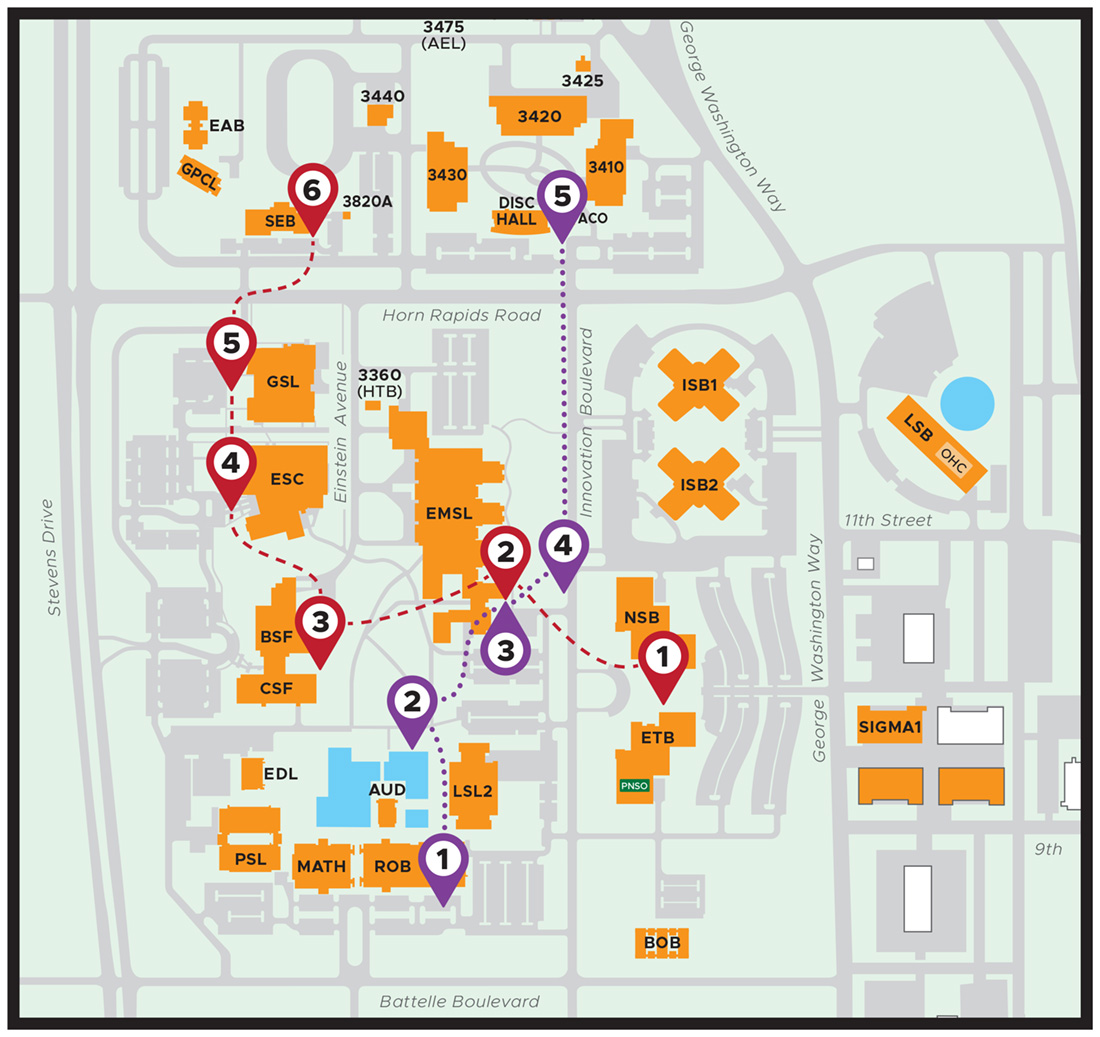
View or download the full-size historic walking tour map
Path 1: Campus Development
(Purple, dotted route)
- Sandcastles
- Cooling Ponds
- Environmental Molecular Sciences Laboratory (EMSL)
- Sherwood Forest
- Discovery Hall
Path 2: Scientific Breakthroughs
(Red, dashed route)
- National Security Building (NSB) & Environmental Technology Building (ETB)
- Environmental Molecular Sciences Laboratory (EMSL)
- Biological Sciences Facility (BSF) & Computational Sciences Facility (CSF)
- Energy Sciences Center (ESC)
- Grid Storage Launchpad (GSL)
- Electricity Infrastructure Operations Center (EIOC)
Off-campus locations:
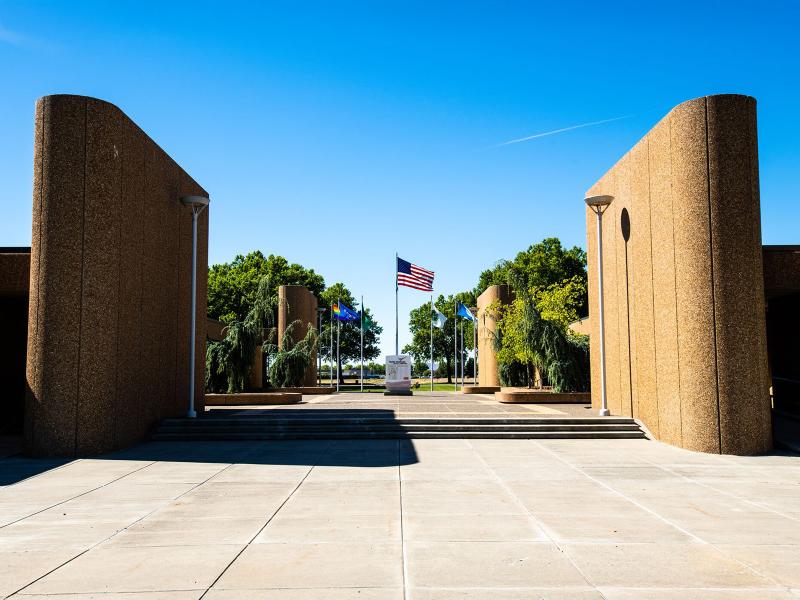
Sandcastles
Established 1966
Seven buildings built in the late 1960s and early 1970s make up the PNNL-Richland campus historic district and are listed on the National Register of Historic Places. The seven buildings are eligible individually and collectively because of their association with Cold War history—specifically nuclear research and advancements in technology. They also embody a distinctive type of construction—the Brutalist Modern style—made popular by Charles de Corbusier, with defining features such as heavy, horizontal lines and rough, sand-colored, pebble-aggregate precast concrete panels. Staff members have come to call these buildings “the sandcastles.”
- Research Operations Building
- Physical Sciences Laboratory
- Engineering Development Laboratory
- Chemical Storage & Transfer Facility
- Mathematics Building
- Auditorium
- Life Sciences Laboratory




Cooling Ponds
Established 1966
The cooling ponds are central to the PNNL-Richland campus historic district. Spraying fountains in these ponds expand the surface area of the water to provide natural evaporation, increasing the cooling capacity. The water is recirculated to provide continuous cooling, and water is added from the irrigation system to maintain a consistent temperature.
These ponds supply water to the cooling systems within the original campus buildings, including the Auditorium, MATH, PSL, LSL2, EDL, and the Research Operations Building.
Millions of gallons of water are reused for campus irrigation.

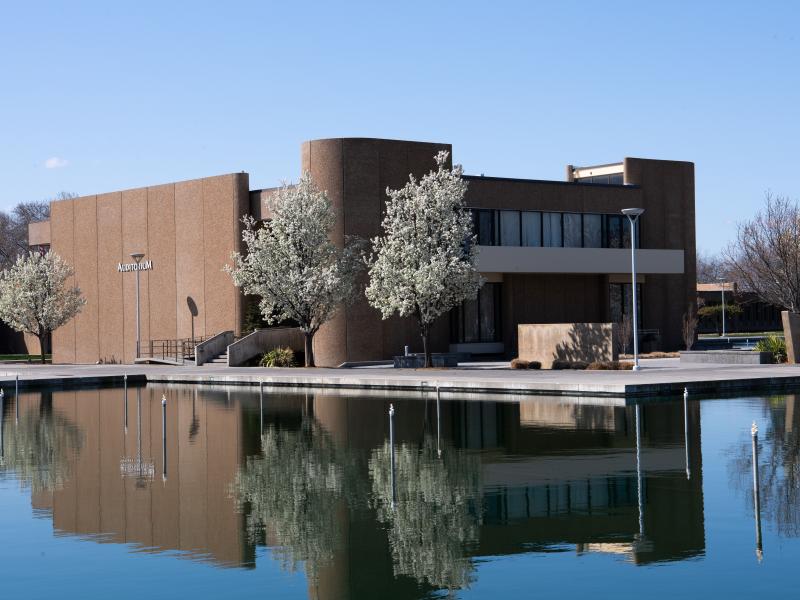
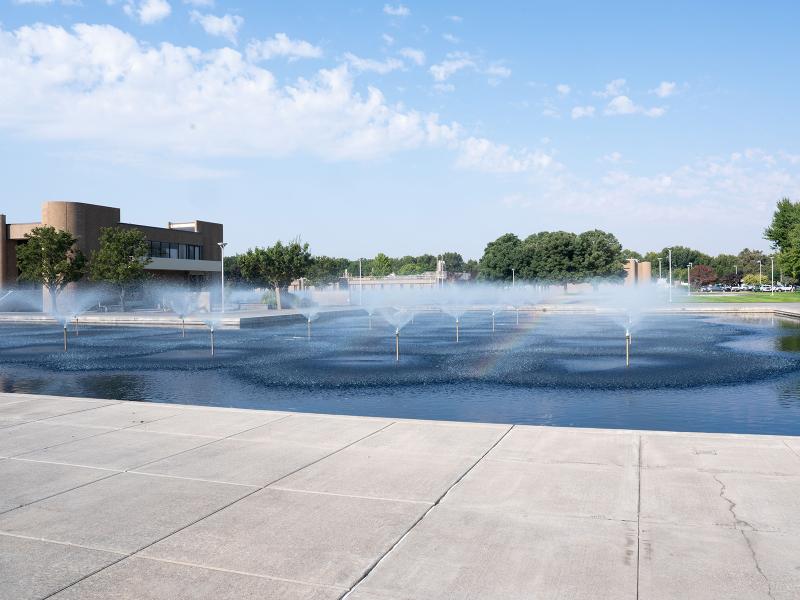
Environmental Molecular Sciences Laboratory
Established 1997
The Environmental Molecular Sciences Laboratory (EMSL) is a premier DOE Office of Science user facility dedicated to Dr. William R. Wiley. As Lab director, Dr. Wiley championed the idea that addressing the nation’s toughest challenges requires collaboration across disciplines and access to cutting-edge science for all.
Sponsored by the Office of Science, EMSL provides researchers from around the world with access to top-tier tools to tackle questions critical to DOE’s energy mission in the biological and environmental sciences. As a state-of-the-art user facility with world-class instrumentation, advanced computing resources, and expertise in molecular-level analysis and characterization, EMSL empowers scientists to accelerate scientific discovery.


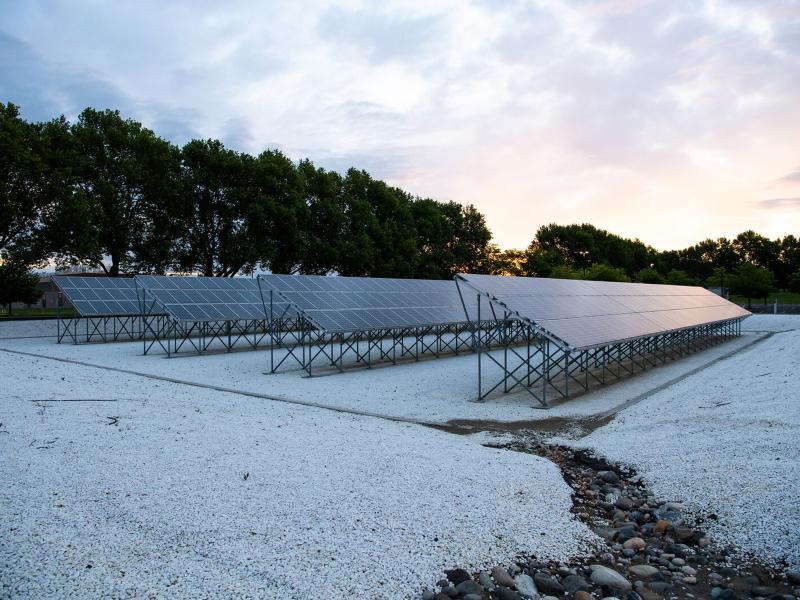


Sherwood Forest
Established 1965
Outlining the PNNL-Richland campus are towering sycamore trees, planted at the request of the first Lab director, Sherwood Fawcett. While not native to Washington State, sycamores were specifically imported due to their fast-growing ability and for how well-suited they are to the area’s dry climate. As the former Hanford Laboratory was being transformed to PNNL, Fawcett wanted to make the campus visually appealing and more hospitable.
Staff began calling the sycamores “Sherwood Forest,” and the nickname stuck. That line of trees was then expanded beyond the initial PNNL campus outline, eventually framing 240 acres of undeveloped land purchased for the Lab’s growth. Under Fawcett’s leadership of two years, PNNL increased its scope of research from developing peaceful uses of atomic energy to serving a multipurpose role in critical mission research areas.



Discovery Hall
Established 2018
Discovery Hall provides a modern environment for researchers to gather with partners from other government organizations, academia, and industry. In this flexible collaboration space, internal and external stakeholders gather for scientific meetings, conferences, events, poster sessions, and more to showcase their work, connect with others, and expand their impact in the areas of scientific discovery, energy resilience, and national security.
With 21,000 square feet of space, Discovery Hall has become the preferred location for PNNL-hosted scientific events, drawing visitors to the community for gatherings like conferences, workshops, and symposia. Its name is reflective of PNNL’s commitment to scientific discovery.




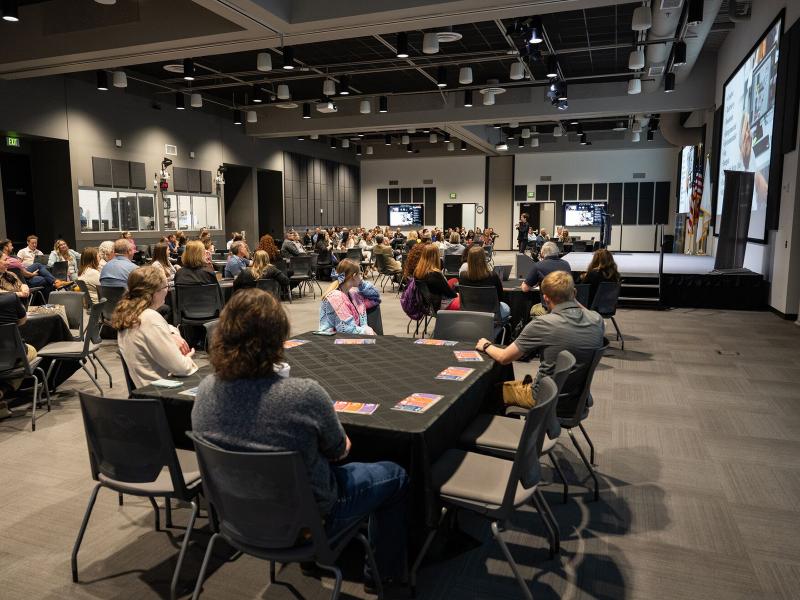

National Security Building & Environmental Technology Building
Established 1993-1994
The National Security Building (NSB) and Environmental Technology Building (ETB) share a unified architectural style with modern lines, durable materials, and a complementary color palette. Lining Innovation Boulevard, these two contemporary, brick-clad buildings have established a design vernacular replicated across much of PNNL’s scenic campus.
As their names suggest, these buildings house hundreds of scientists and engineers from the National Security and Energy and Environment Directorates. Together, these teams deliver interdisciplinary research, innovation, and critical capabilities that are helping build a safe and secure future for our nation.
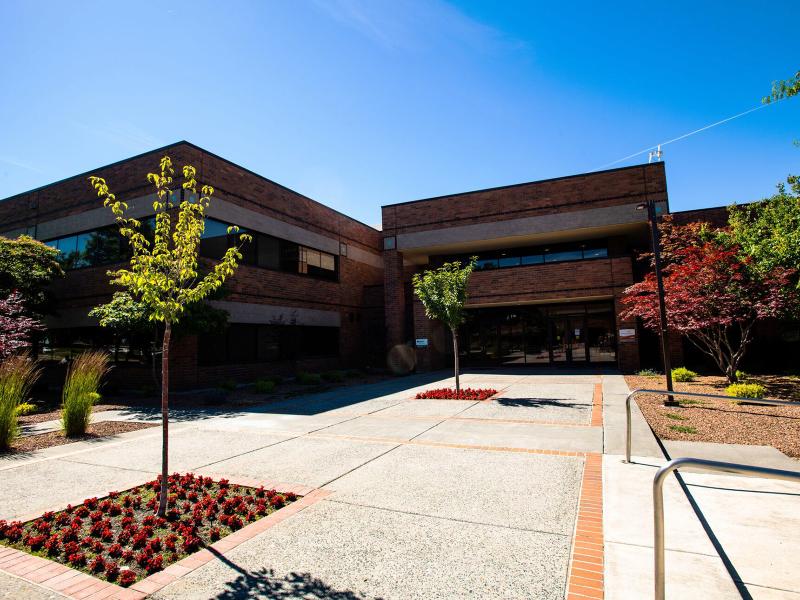



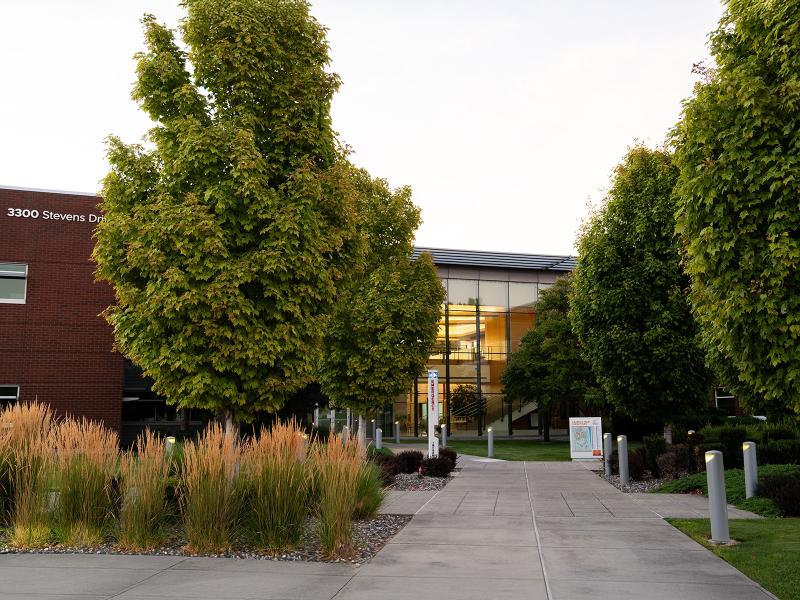
Biological Sciences Facility & Computational Sciences Facility
Completed 2004-2011
PNNL’s Biological Sciences Facility (BSF) and Computational Sciences Facility (CSF)—exemplars in sustainability and engineering excellence—were erected in 2009 as part of a larger effort known as the Capability Replacement Lab (CRL) project. The CRL project was a transformative effort by PNNL to design a modern, consolidated campus. The largest federal investment since the Environmental Molecular Sciences Laboratory, the CRL project replaced aging World War II-era facilities with state-of-the-art laboratories. Funded by the DOE, NNSA, DHS, and private investments, the project enabled the relocation of nearly 1,000 staff and preserved mission-critical capabilities.
- Biological Sciences Facility
- Radiation Detection Laboratory
- Computational Sciences Facility
- Ultratrace Laboratory
- Materials Science and Technology Laboratory
- Shallow Underground Laboratory
- Large Detector Laboratory

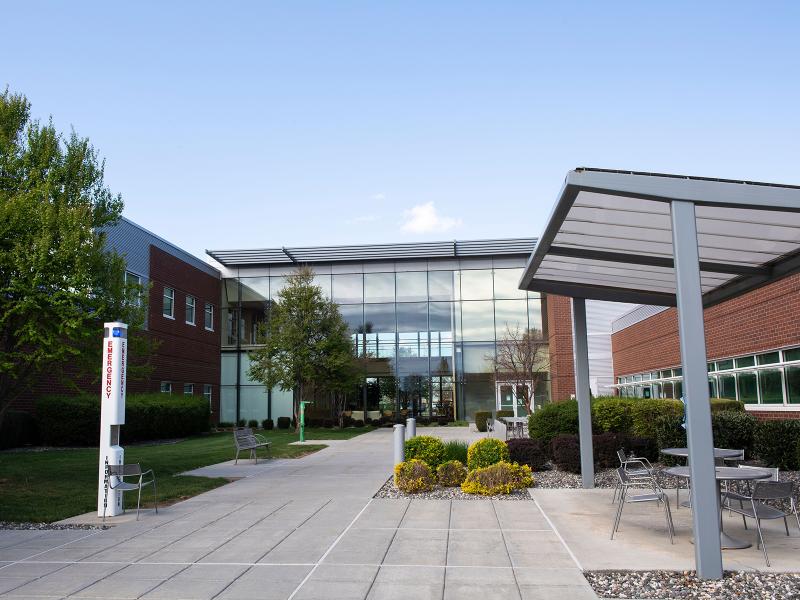

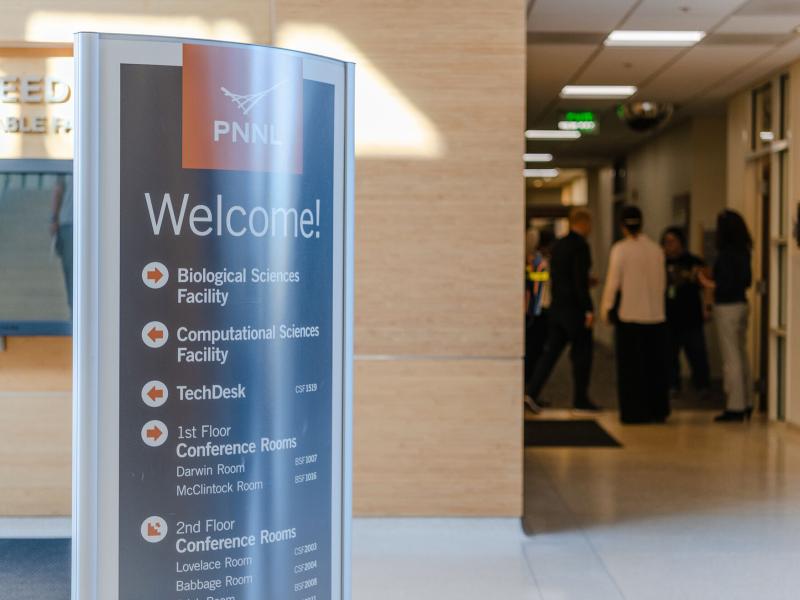
Energy Sciences Center
Established 2021
Opened in 2022, the Energy Sciences Center (ESC) is a focal point for PNNL’s collaborative research in the Office of Science and with our partners in the applied offices of the DOE and with industry. The ESC integrates theory, experimentation, computational science, and artificial intelligence to accelerate the future of discovery in chemistry and materials science. Researchers are applying new knowledge within these areas to develop high-value materials from waste and enable other energy technologies.
Built with funding from DOE to colocate and integrate fundamental and applied sciences, the ESC received additional funding from the State of Washington to purchase specialized instrumentation that positions it on the forefront of research in energy-centric science.

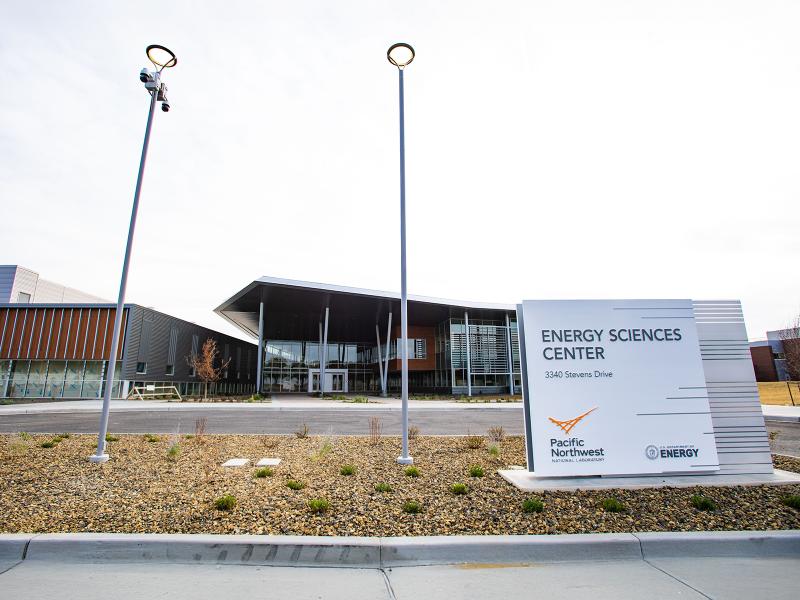
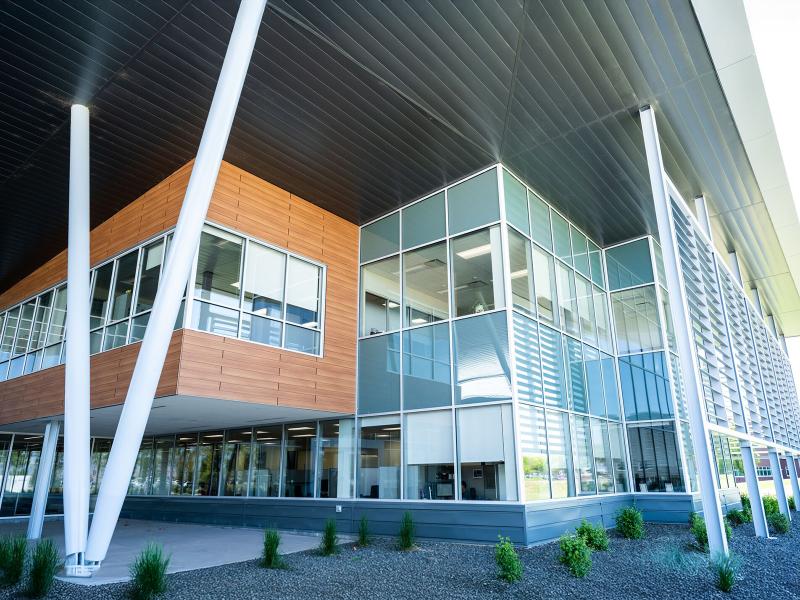
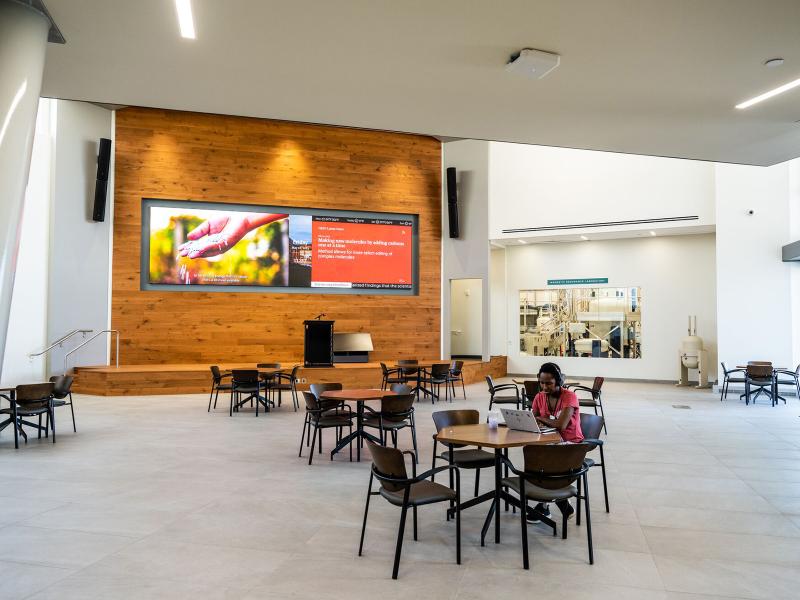

Grid Storage Launchpad
Established 2024
The Grid Storage Launchpad (GSL) is where energy storage meets real-world impact. Funded by the DOE’s Office of Electricity, in collaboration with the Office of Science, the State of Washington, Battelle, and PNNL, the GSL brings all phases of the battery development and deployment cycle under one roof.
The GSL accelerates development of next-generation grid and transportation energy storage technologies that are critical to supporting a reliable, affordable, secure, and resilient electric grid. These advancements will help meet the nation’s emerging energy needs, making energy more accessible and strengthening U.S. competitiveness in the global energy market. By uniting science and industry, GSL is making tomorrow’s storage technologies a reality today.
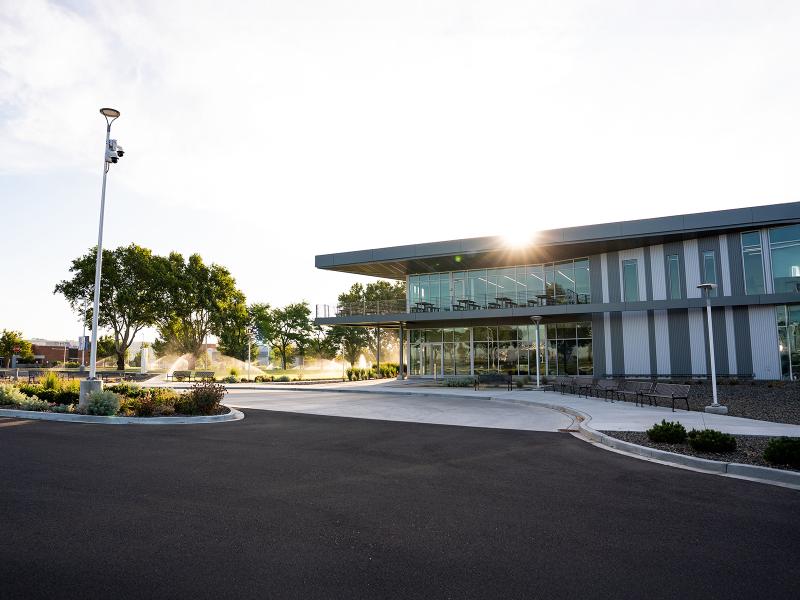
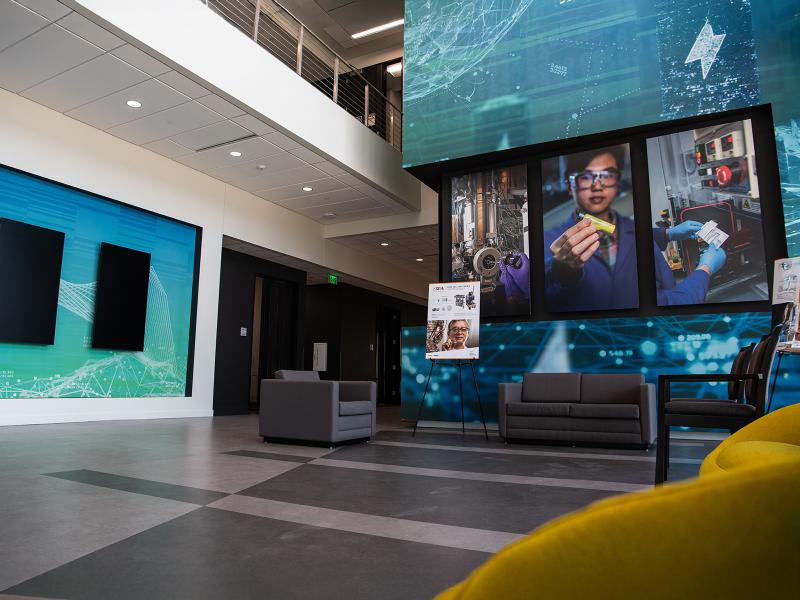


Electricity Infrastructure Operations Center
Established 2015
Part laboratory, part simulated control room, the Electricity Infrastructure Operations Center (EIOC) is the first facility in the nation designed to apply real-time data, utility grade operational tools, and institutional computing to grid research in a simulated control room environment. Supported by DOE’s Office of Electricity, the EIOC offers a secure and collaborative environment for tackling the nation’s most pressing energy challenges—ensuring the nation’s critical electrical infrastructure is reliable, secure, and affordable.
Developed with input from utilities, vendors, and researchers, the EIOC brings together live grid data feeds, advanced analytics, and industry-grade software in a flexible space where new tools can be tested and refined. Solutions developed here are shared across the energy sector, helping build a more reliable, affordable, secure, and resilient grid for the future.
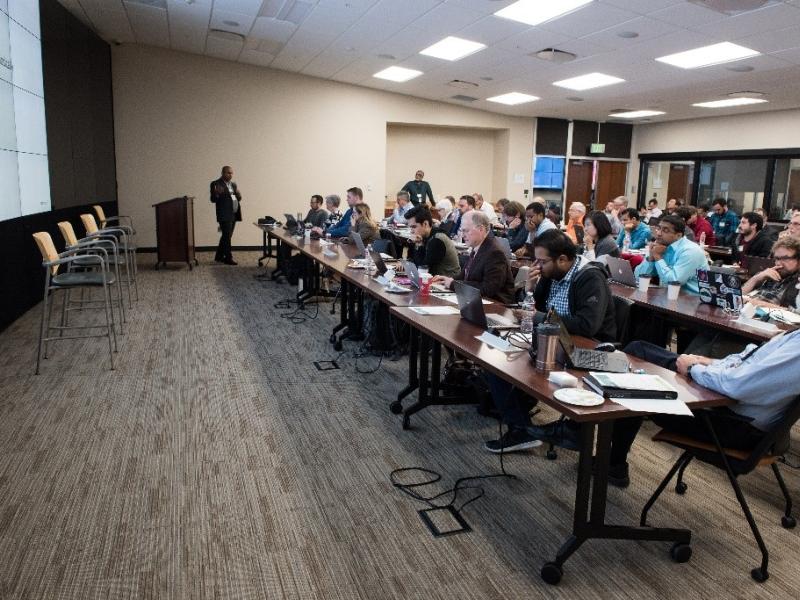


Radiochemical Processing Laboratory
Established 1953
PNNL’s Radiochemical Processing Laboratory (RPL) is one of the most advanced nuclear sciences research facilities in the United States. As a Hazard Category II Non-Reactor Nuclear Research Facility, RPL is equipped to handle highly radioactive materials for national security, energy, environment, and fundamental science missions. RPL has been designated a Nuclear Historic Landmark by the American Nuclear Society for its roles in the Manhattan Project, Cold War Era Historical District, and for pioneering solutions for ongoing complex challenges such as chemical separations and radioactive waste vitrification.
RPL stewards the nation's sole radionuclide lab certified by the Comprehensive Nuclear-Test-Ban Treaty Organization for detecting radioactivity in air samples. Designed for flexibility and safety, the RPL upholds a legacy of scientific innovation. In 2022, the facility began a multiyear modernization investment through the Extended Life Program to continue serving national needs.
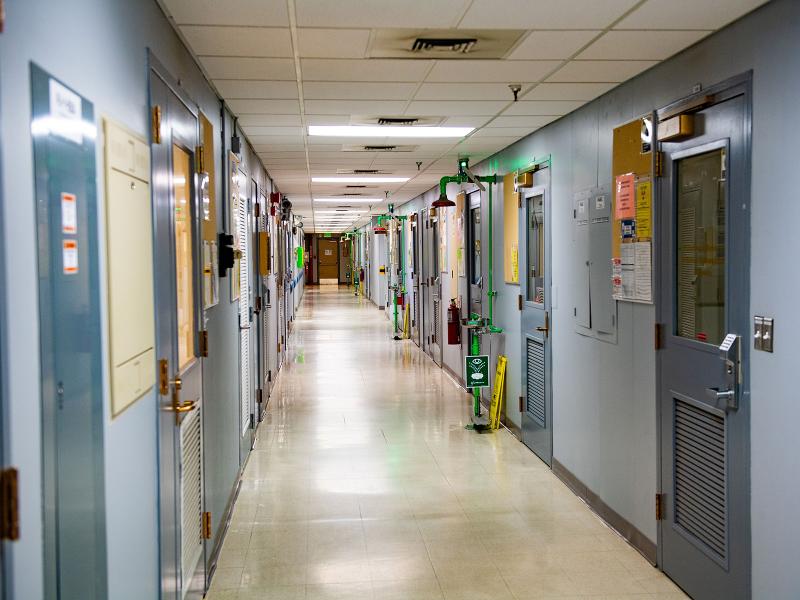
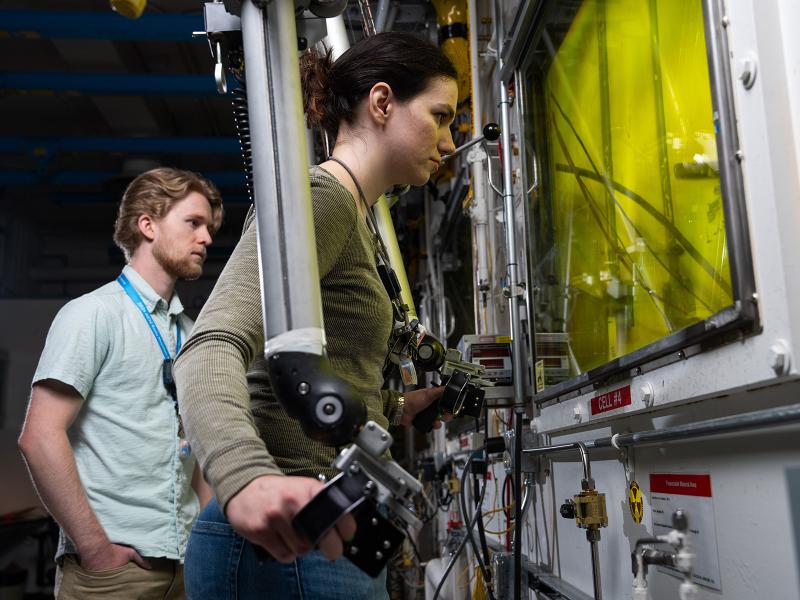
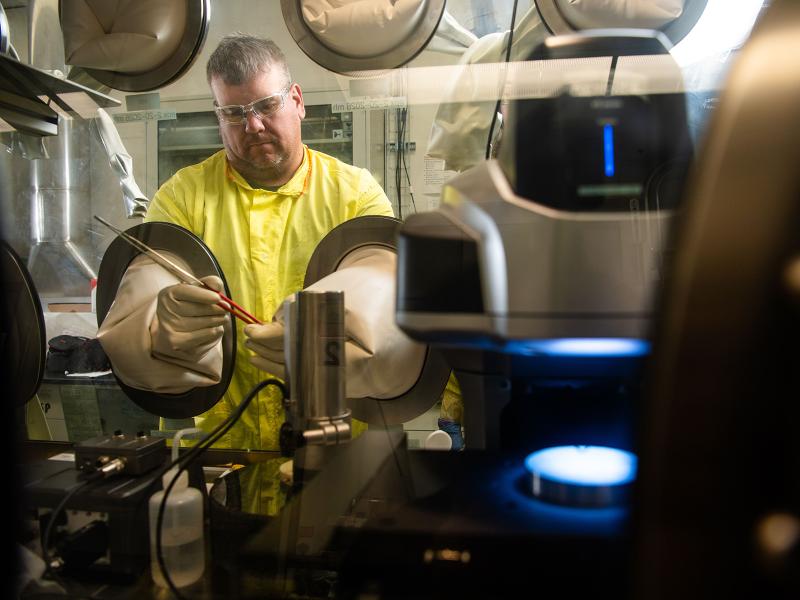
PNNL-Sequim
Established 1967
Located on Washington’s Olympic Peninsula, the PNNL-Sequim campus is the DOE’s only marine research facility that acts as a hub for marine and coastal research. Nearly 15,000 square feet of research laboratories are connected to the bay via a supply system that delivers 200 gallons of seawater per minute and returns it to the bay after treatment.
The Sequim campus is the perfect launch location for several PNNL research vessels, including the RV Resilience, DOE’s first hybrid electric-diesel research vessel that supports research operations in energy, environment, and national security. This unique location is also within one of the cleanest airsheds in the world, providing an ultratrace background for work in measurement and signature sciences.
